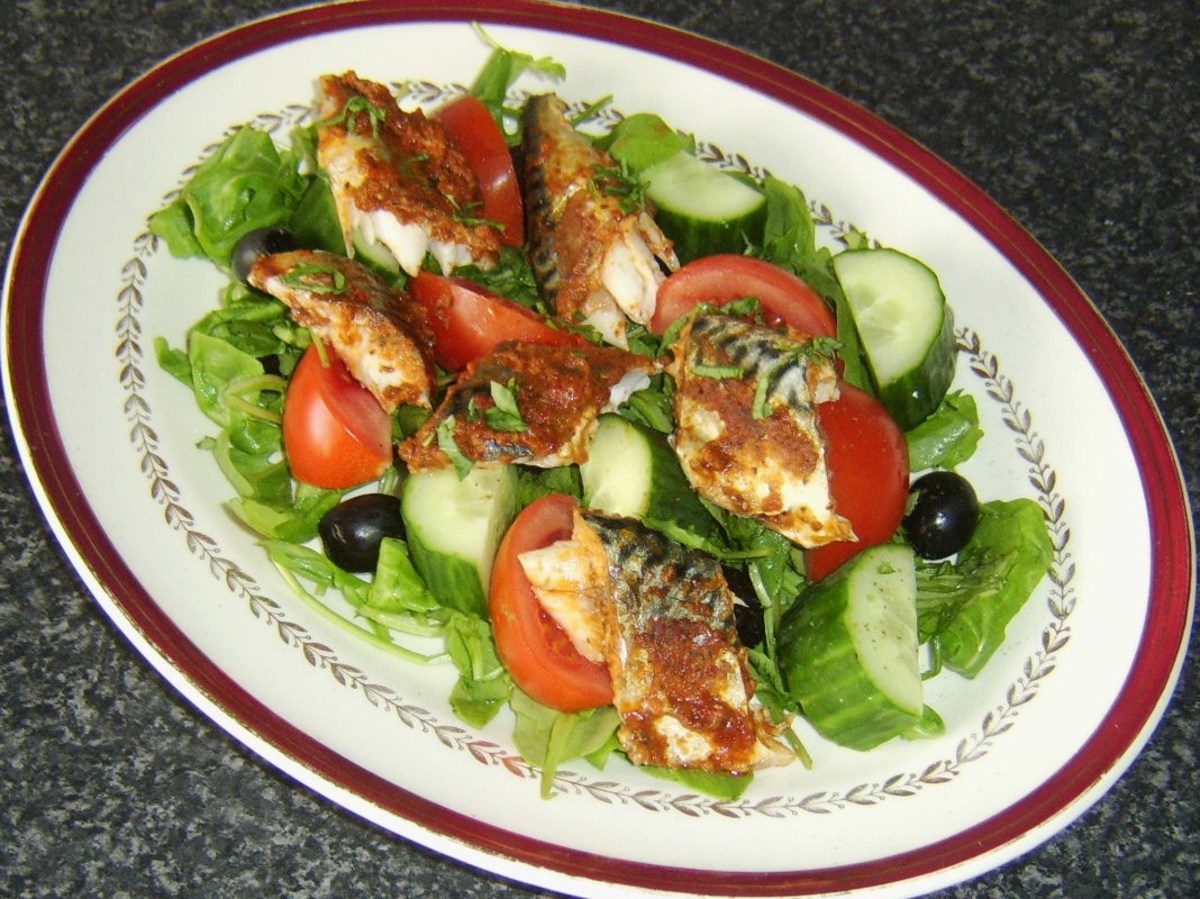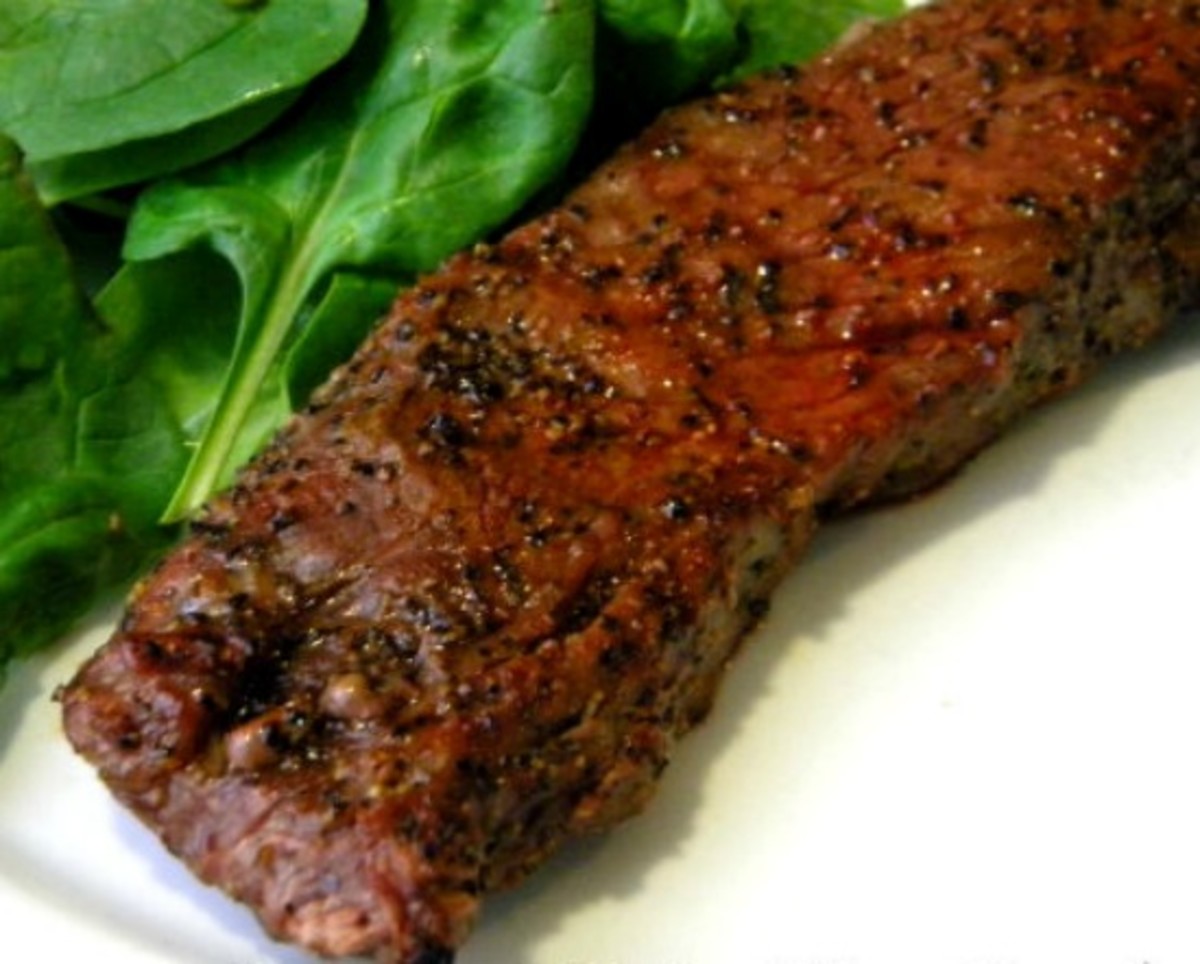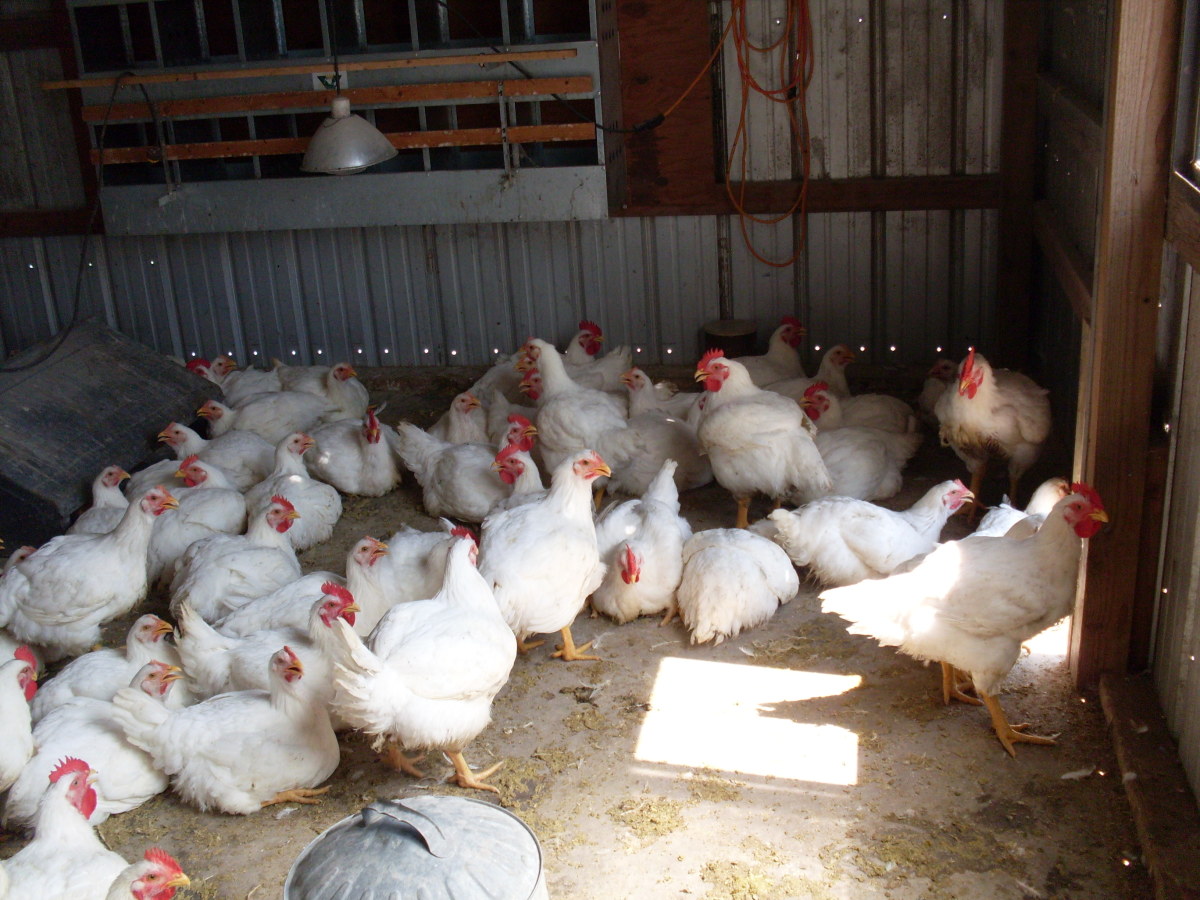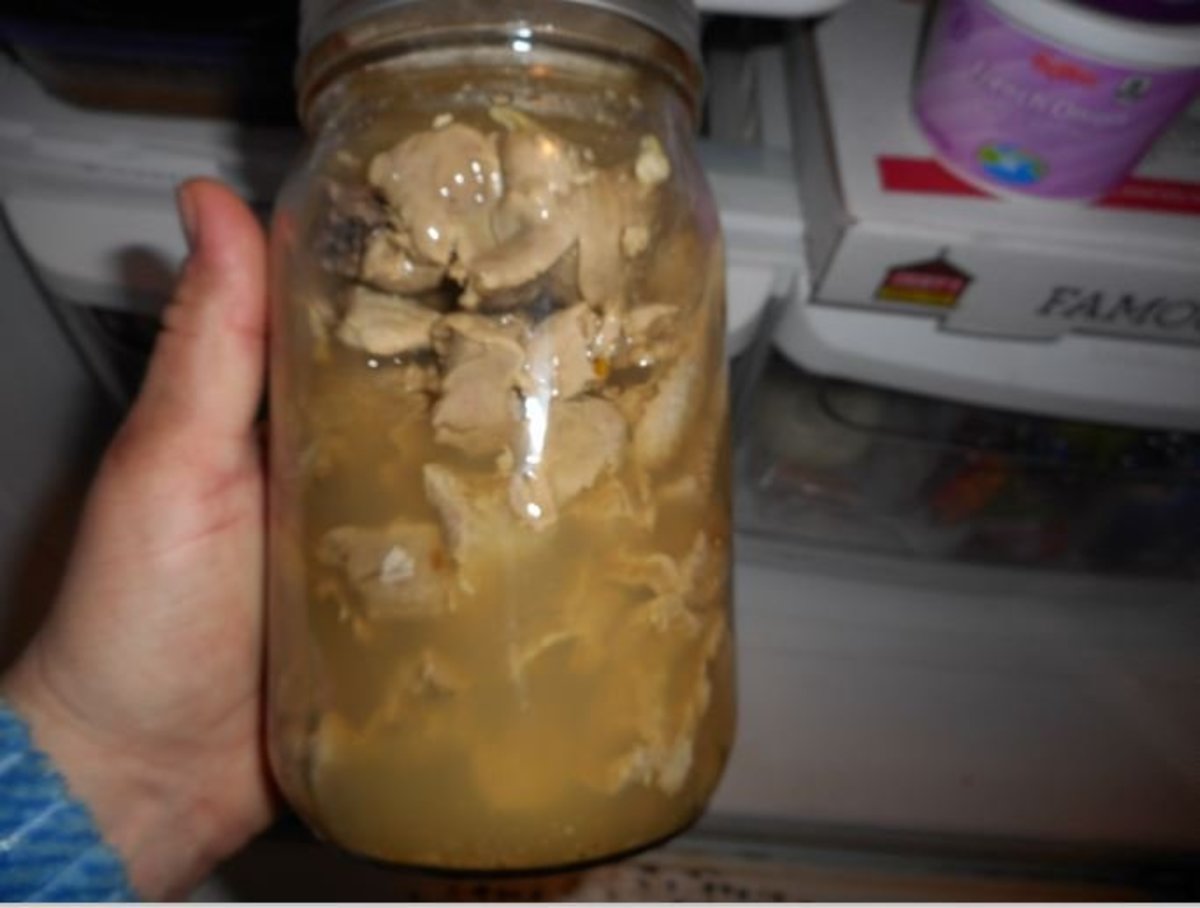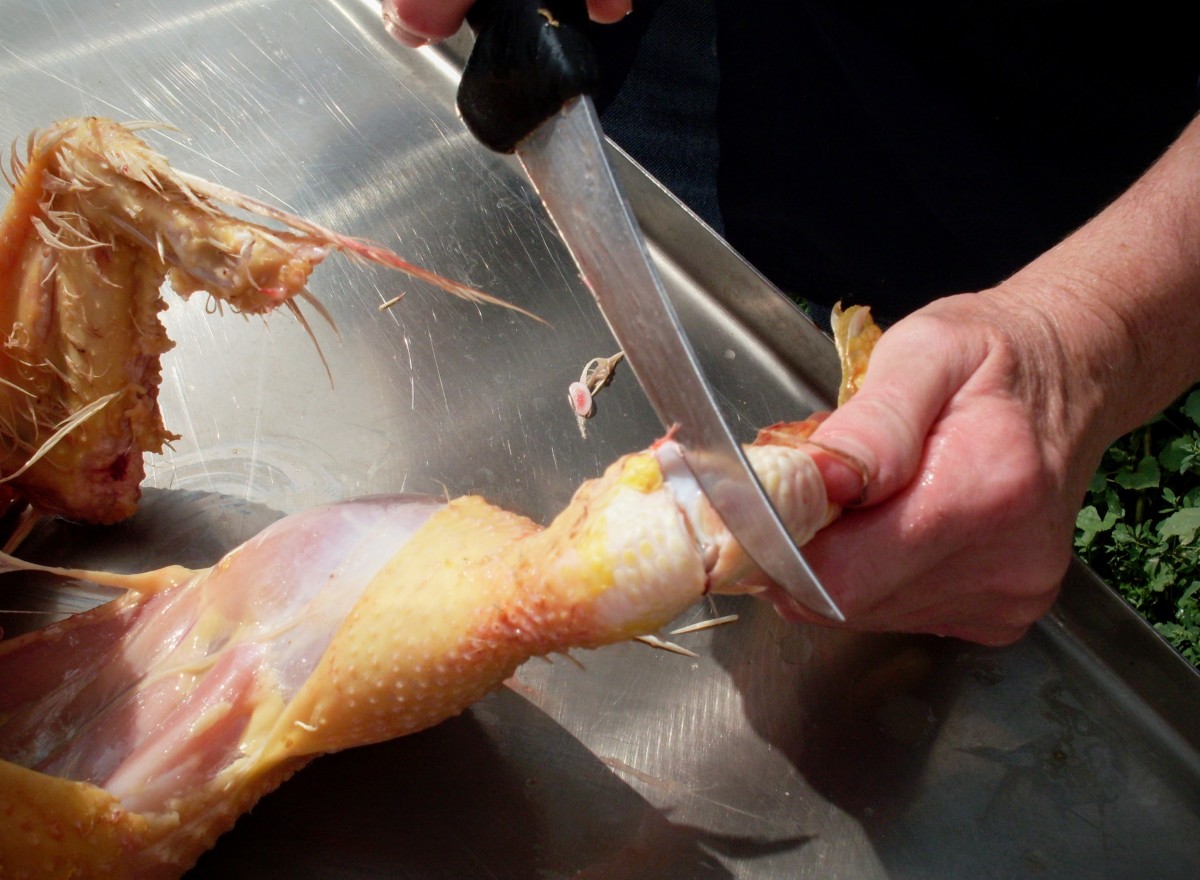Pork - Fresh, Fabulous and Flavorful
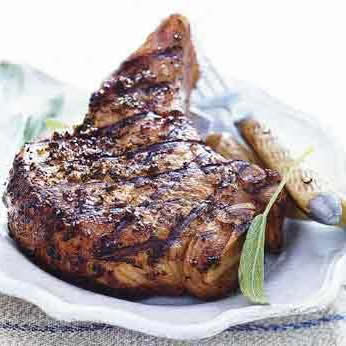
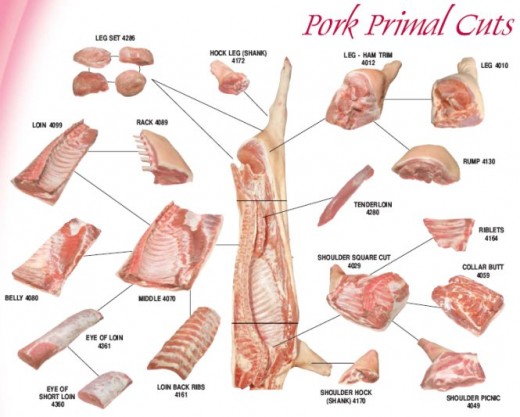
Did you know...
Span is an American product made of the chopped pork shoulder and ham mixed together.

Ask me about my favorite protein, and the answer hands down will be pork. Flavorful and adaptable, inexpensive and widely available, this lovely meat can handle just about any cooking technique or method, and can both impart and absorb flavors readily. Pan fried, sautéed, braised, smoked, barbecued, roasted, grilled – the list can go on as long as there is a cooking method. Pork can handle whatever you want to do with it, and will reward you with loads of flavor.
Domesticated as early as 5000 BC from wild boar, perhaps in China, Sus domesticus (the common domesticated pig) readily adapted to human needs. Omnivorous in nature, people have long kept pigs for the simple reason that they were easy to feed, grew rapidly, and extremely useful. “Everything but the squeal” can be used, from the meat and bones to the hides and hooves. The high return for less input than other animals made them ubiquitous nearly worldwide.
Currently 38% of the world’s meat consumption is pork. Patterns of consumption vary widely from country to country. Two of the world’s major religions, Judaism and Islam both restrict pork entirely. The South Pacific, China and the United States embrace it. Wild boar was first domesticated probably in China, spreading throughout the Pacific from there. In the Americas, pigs were brought over when Coumbus made his initial voyage, spreading rapidly both in the wild and via human settlement.
The word pork entered English from the Middle French porc , and in turn from the Latin porcus . Fresh cuts of course include all types of bone-in and boneless chops, roasts, ribs, and shoulders. Once smoked, cured, brined or processed, the resulting meats are included in the branch of culinary arts known as charcuterie. Preference and use of particular cuts of fresh pork vary significantly from location to location. Products of charcuterie also vary significantly, from pancetta in Italy, smoked bacon in the United States, and preserved pork in China. It is most definitely the opinion of this author that in charcuterie lies the pinnacle of the culinary arts. Bring it on.
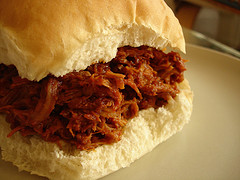
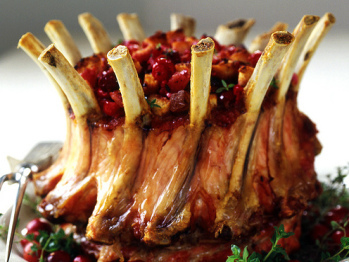
From The National Pork Board
Through changes in feeding and breeding techniques, pork producers have responded to consumer demand for leaner pork. Today's pork has 16% less fat and 27% less saturated fat as compared to 1991. Many cuts of pork are now as lean as skinless chicken.
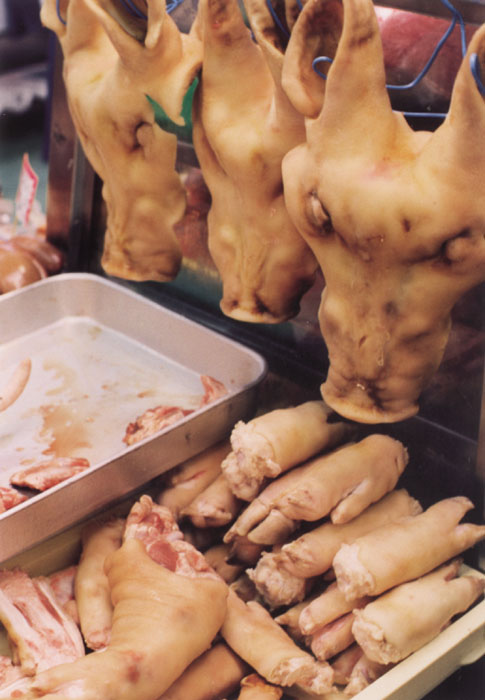
Fresh pork however, is a simple, fast and lean protein. It takes well to the same brining processes that can be used to ensure flavorful poultry, and can be prepared with just about any cooking method imaginable. The National Pork Council lists quite a few cut, along with pictures of each on the web site: www.theotherwhitemeat.com. It should be noted that often there are regional differences in the names of particular cuts – however, this is a great general guideline. For quicker cooking, on stove top, as a stir fry or on the grill, try the chops, blade steaks or cutlets. For roasting try tenderloin, or a shoulder to braise or slow smoke. For something special, have an herb rubbed crown roast. But by no means do you have to stick with those – pork is truly adaptable. Use country style ribs for beautiful Korean barbeque – and of course spareribs on the grill are unbelievable.
The cooking method which you will use will depend on the fat content of your cut. Be careful with the leaner cuts - in recent years prk has become lower in fat due to creeding and feeding changes. The result is a healthier cut, lower in saturated fat and cholesterol, but it can also mean tougher, chewier meats. With chops and tenderloin, try brining the pork in a salt/sugar brine, and using a hot skillet or grill for a quick sear.
Bone in cuts will retain more flavor when cooked - which is typical of most meats. The bone will also help retain moisture in the final product. There is also a little more choice in cooking methods. Bone in cuts can be roasted - try a very hot oven to start, then reduce the heat until the desired internal temperature is reached. This will allow a beautiful crust to form, helping to hold in juices, while keeping the interior moist and flavorful. Or try low and slow on the grill - ribs are a perfect choice for several hours at low temperture. Or go with the smoker - the ultimate acheivement is the pink smoke ring on the interior of smoked pork when the temperature is controlled correctly.
Another payoff? Pork has some rather lovely nutritional numbers. It’s treated in culinary circles as a white meat along with light poultry, although nutritionally speaking it’s closer to red meat. The main difference is in the presence of myoglobin: pork has more than chicken and less than beef.
Pork is high in thiamin, niacin, vitamin B6 and riboflavin. It contains some iron, magnesium, zinc and vitamin B12. Many cuts are very low in fat as well.
Purchase and storage is relatively simple - the number one requirement is to use your head. Of course most chefs will tell you to find a butcher as opposed to a supermarket - knowing your butcher admittedly is key to finding the best and freshest meats possible. However, that's not always a possibility. In that case you need to look at the meat department of your grocery store. Find out how often new stock is received. Check packaging dates. Look at the meat itself - it should be bright and fresh to the eye. Boneless cuts will often be creamier in appearance than bone-in - but all of them should appear moist. More unusual cuts - such as the crown roast - may have to be ordered in advance, especially from a meat department at a grocery vs. a butcher. In any case get to know whoever it is that arranges for the meat to be brought in - butcher, store manager, meat manager etc. This will help assure that you have the most information, and information means better meals!
Keep fresh pork in the fridge, and use it within a couple of days of purchase. No later than the 'sell-by' date on the labels - but as ideally as close to purchase as possible. Pork takes well to freezing as well - make sure it is tightly wrapped and well labeled, and use it within a couple of months. Always defrost in the refrigerator.
That's it! Take this info and start playing. Find your own favorite cuts and techniques for preparation. You'll be delighted at the results!
- The Thrillbilly Gourmet
Combining classic technique with everyday food for spectacular results!


